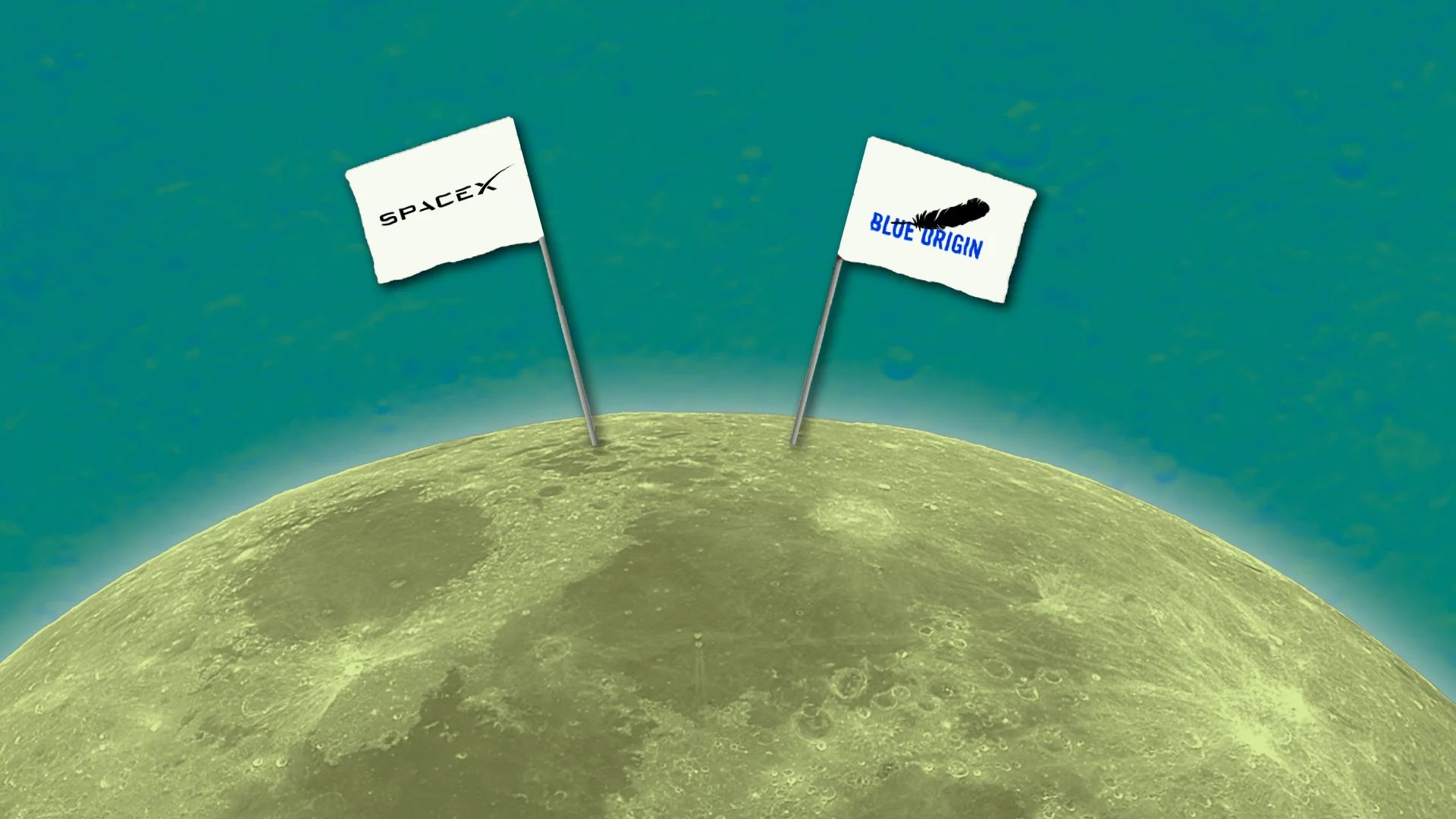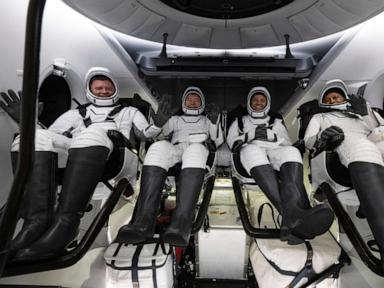Can Jim Bridenstine rescue NASA’s Mars Sample Return mission?

Ever since resigning from his post as NASA administrator, Jim Bridenstine has been working as a consultant and occasional public speaker in his beloved Tulsa, Okla. He has not made a lot of news.
That all changed when NASA appointed Bridenstine to chair a Mars Sample Return strategy review team. The team will assess the various proposals to return geologic samples from Mars for study on Earth.
The Mars Sample Return mission was a NASA project to retrieve geological samples on Mars that have been collected and stored by the Mars Perseverance rover. In June 2023, as reported by Ars Technica, the costs of the mission had started to balloon from $4.4 billion to $10 billion. The Senate was not amused and capped the project at $5.3 billion on the pain of seeing the mission canceled entirely.
At the time, I suggested NASA seek help from the private sector to see if the Mars samples could be returned cheaper than estimated. The space agency went in that direction and requested proposals.
NASA let out several study contracts in June, with another added in October. The group is an eclectic one; including commercial space companies such as SpaceX, Blue Origin and Rocket Lab, as well as the Johns Hopkins University Applied Physics Laboratory and NASA’s Jet Propulsion Laboratory, among others.
Before he ascended to be head of NASA, Bridenstine’s experience ranged from service as a naval aviator, business and finally, politics. He was the first elected official to be nominated as NASA administrator, a fact that became a point of contention during his confirmation hearings.
Nevertheless, Bridenstine is considered one of the greatest heads of NASA ever to serve in that role. He got the Artemis return to the moon program started and sold it to both sides of the aisle. Bridenstine’s efforts were so successful that Artemis was one of the few Trump-era programs to have been adopted by President Biden when he assumed office.
The task of sifting through the various proposals to go to Mars, collecting samples and returning them to the Earth will be a difficult one. The mission involves a 100 million mile voyage taking at least six months, landing on a planet with one-third of Earth’s gravity and a thin atmosphere, then collecting and loading the samples and blasting off to return to Earth.
Without a close examination of the options, the casual observer night conclude that SpaceX has the better case. After all, Elon Musk has boasted that he will be able to send his enormous Starship rocket to Mars uncrewed in two years, and then with people two years after that. Even if he’s off by a few years, Starship could provide a lot of capacity for a Mars Sample Return mission.
The mandate for Bridenstine’s team is not to select an option but to evaluate all of them and report the results by the end of 2024. According to Space News, six of the proposals are end-to-end plans for the Mars Sample Return while the rest examine particular aspects of the mission such as the size of the Mars Ascent vehicle. NASA’s leadership will select the final option for the mission.
After Bridenstine finishes assessing the Mars Sample Return program what is next for him? By the time his team is finished, a new president will have been elected and will be staffing his or her new administration.
If Trump is elected, the temptation to recall Bridenstine to the colors and offer him his old job at NASA back will be overwhelming. All will depend on whether Trump makes the offer and Bridenstine accepts, neither of which is certain.
If Bridenstine becomes administrator of NASA again, his first task would be to get the Artemis program on track. The program has been beset with cost overruns and schedule slippages all too common with big NASA projects such as the International Space Station, the James Webb Space Telescope and Mars Sample Return.
Artemis remains popular, but the first cracks are appearing.
In Bloomberg Magazine, Michael Bloomberg called for the program’s cancellation and the end of any thought of human spaceflight to the moon and Mars. Someone needs to get control of Artemis, revamp it, and get it moving again. Otherwise, it may go the way of the last two post-Apollo space exploration programs.
Mark R. Whittington is the author of “Why is It So Hard to Go Back to the Moon?” as well as “The Moon, Mars and Beyond” and, most recently, “Why is America Going Back to the Moon?” He blogs at Curmudgeons Corner.
-
NASA to Assign Lunar Delivery Missions to SpaceX and Blue Origin
Business - The Wall Street Journal - 3 days ago -
Scientist Says NASA Lander May Have Accidentally Killed Life on Mars
World - Yahoo News - 6 days ago -

South African officials weigh up rescue mission for illegal miners underground
World - The Guardian - 3 days ago -

NASA Astronaut Released From Hospital After ‘Medical Issue’
Science - The New York Times - October 26 -

Private Space Companies Thriving as NASA Picks SpaceX and Blue Origin for Moon Cargo Missions
Business - Inc. - Yesterday -

Nasa astronaut hospitalized after return from International Space Station
World - The Guardian - October 25 -

NASA astronaut is released from the hospital after returning from space
Tech - ABC News - October 27 -

Nasa astronaut released from hospital after space return
World - The Guardian - October 26
More from The Hill
-

Top Florida health official advises against fluoride in drinking water
Politics - The Hill - 4 hours ago -

Trump taps NFL player Scott Turner as head of HUD
Politics - The Hill - 6 hours ago -

Trump names Seb Gorka, Alex Wong to be senior national security staff
Politics - The Hill - 6 hours ago -

John Hopkins surgeon and COVID contrarian Marty Makary selected to lead Trump’s FDA
Politics - The Hill - 6 hours ago -

Trump Cabinet picks: Here’s who’s on the list to carry out his agenda
Politics - The Hill - 6 hours ago

